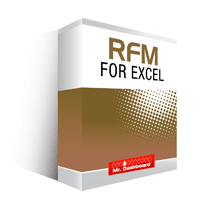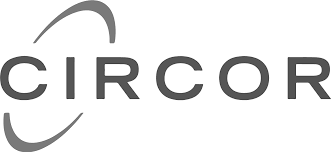Database marketing is the backbone of any successful direct‑marketing strategy. It gives you the data you need to create highly personalized experiences that boost response rates, lower costs, and increase customer lifetime value.
What is Database Marketing?
Database marketing means collecting, storing, and analysing customer and prospect data so you can target the right message to the right person at the right time. When you enrich your database with behavioural, transactional and demographic attributes, you can move from generic blasts to one‑to‑one communication.
The RFM Model – Recency, Frequency, Monetary
The RFM (Recency Frequency Monetary) model is a proven, easy‑to‑use framework that turns raw data into actionable segments.
Recency
- Measures how long ago a customer last interacted with your brand (purchase, click, visit).
- Customers who bought within the last week are usually more responsive than those who haven’t bought in years.
- Assign a score of 1‑5 based on the most recent activity; 5 = very recent.
Frequency
- Tracks how often a customer repeats a behavior (purchases, site visits, email opens).
- High‑frequency shoppers tend to have higher lifetime value and are easier to upsell.
- Score 1‑5 based on total number of interactions within a chosen period.
Monetary
- Measures the total revenue a customer generates.
- Segmenting by monetary value lets you allocate more resources to your top spenders.
- Score 1‑5 where 5 = highest spenders.
Industry‑Specific RFM Use Cases
RFM works for any sector, but each industry can focus on different behaviours.
- Retail & E‑commerce: Combine recency with basket size to trigger win‑back emails for lapsed shoppers.
- SaaS & Subscription Services: Use frequency (login count) and monetary (subscription tier) to identify churn risk.
- B2B Services: Score based on last contract renewal (recency) and project volume (monetary) to prioritize account‑based marketing.
- Non‑profit: Recency of donations and frequency of event attendance help personalize stewardship campaigns.
Step‑by‑Step Guide to Implement RFM in Your Database
- Gather data: Export transaction dates, order counts, and revenue fields from your CRM or POS system.
- Clean the data: Remove duplicates, correct misspellings, and standardise date formats.
- Calculate scores: Use Excel or a simple SQL query to rank each customer on a 1‑5 scale for Recency, Frequency, and Monetary.
- Create segments: Combine the three scores (e.g., R5‑F5‑M5 = “Champions”, R1‑F1‑M1 = “At‑Risk”).
- Design targeted messages: Craft offers based on segment needs – exclusive discounts for Champions, re‑engagement offers for At‑Risk.
- Test and iterate: Run A/B tests on subject lines, offers, and timing. Refine scores quarterly.
Tools and Templates to Accelerate Your Database Marketing
Speed up the process with ready‑made resources from Mr Dashboard:
- Marketing Plan Template – map out campaigns for each RFM segment.
- 101 Ways to Personalize Customer Experiences – ideas for hyper‑relevant messaging.
- 101 Ways to Boost Customer Retention & Loyalty – retention tactics for low‑recency segments.
- Marketing Promotion Strategy Pack – ready‑made promotion calendars.
- Automated Excel Reporting – set up dashboards that refresh RFM scores automatically.
Quick RFM Checklist
| Task | Completed? |
|---|---|
| Export raw transaction data | ☐ |
| Clean and deduplicate records | ☐ |
| Assign Recency, Frequency and Monetary scores (1‑5) | ☐ |
| Create RFM segments (e.g., Champions, Loyalists, At‑Risk) | ☐ |
| Design segment‑specific offers | ☐ |
| Launch campaign and monitor response rates | ☐ |
Use this checklist each quarter to keep your RFM model fresh and your database marketing on point.
Ready to Supercharge Your Database Marketing?
Download the 101 Ways to Personalize Customer Experiences guide and start turning raw data into tailored offers that drive revenue.































